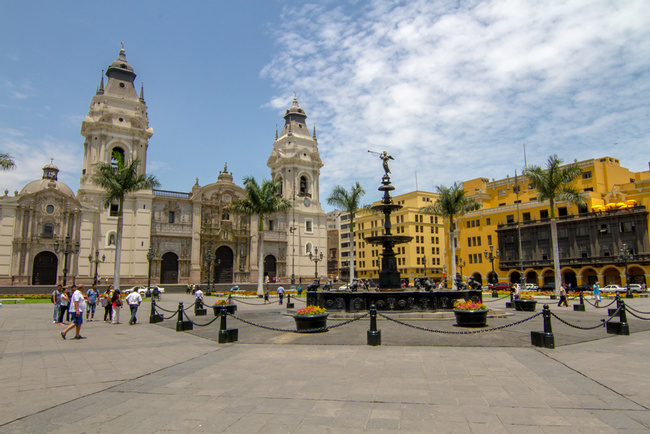
How can we help?
Click and read long-form guides
Los destinos principales constituyen los mejores lugares para visitar en Perú. Estos incluyen encantadoras ciudades, meccas culturales, y áreas hermosas al aire libre. Ciudades como Puno y Aguas Calientes le proporcionan acceso a destinos principales (como el Lago Titicaca y Machu Picchu, respectivamente), mientras que otras ciudades son una atracción por su mismas. En todos estos destinos hay una abundancia de opciones de alojamiento y actividades. Alístese para experimentar lo mejor que Perú tiene para ofrecer.
Peru highlights: Destinos Principales en Peru
Lima
Cuzco
Puno
Aguas Calientes
Iquitos
Arequipa
El Valle Sagrado
Nazca
We believe travel is more than ticking destinations off a list – it’s about discovering new places deeply, feeling connected wherever you go, and knowing you have a trusted team behind you every step of the way.



